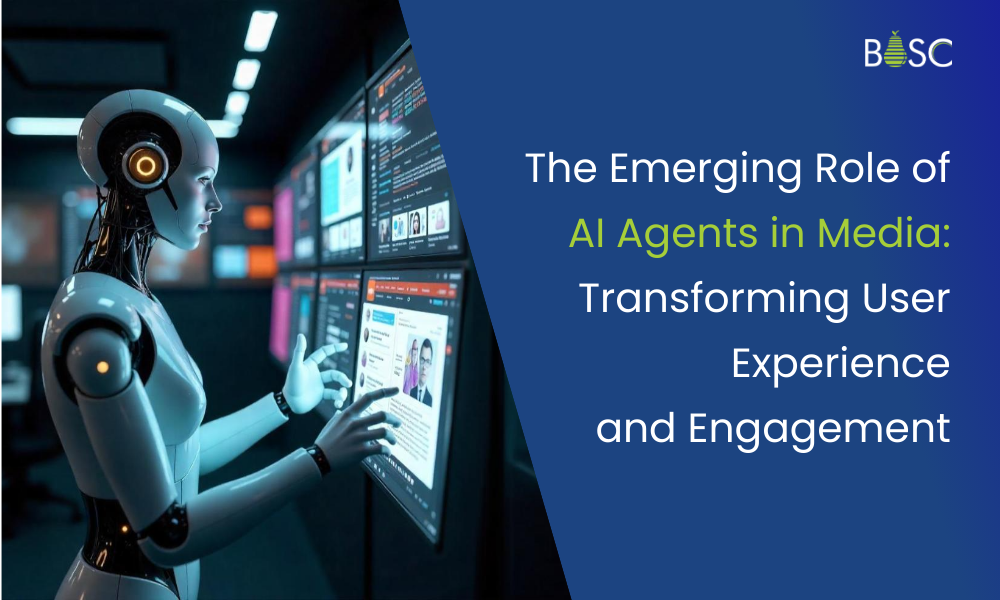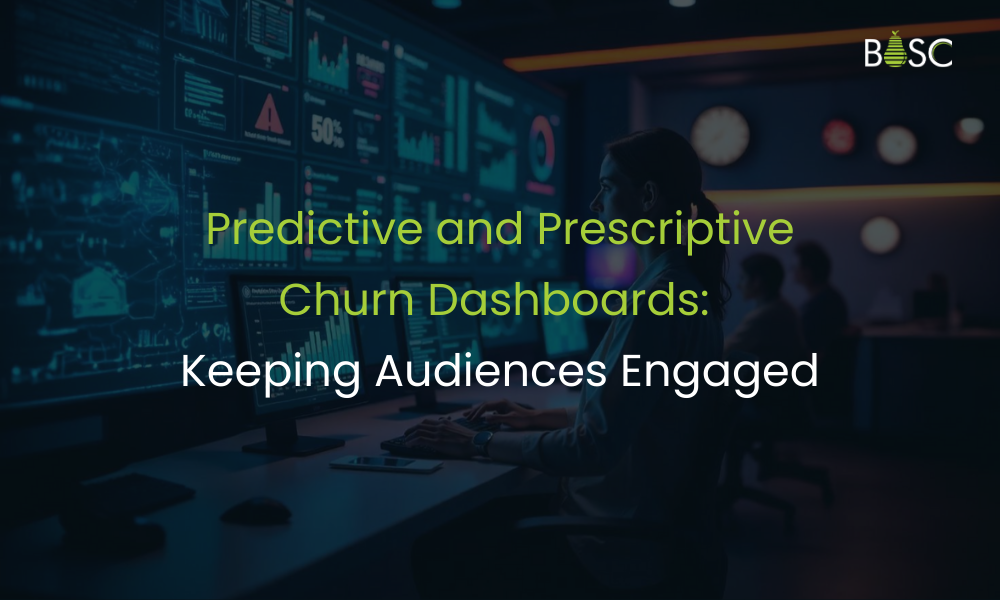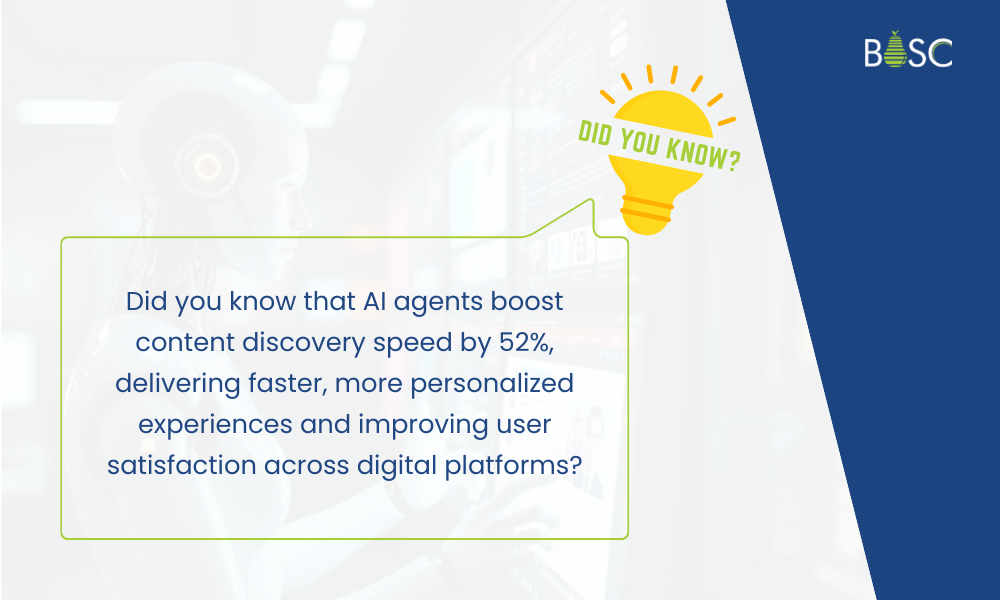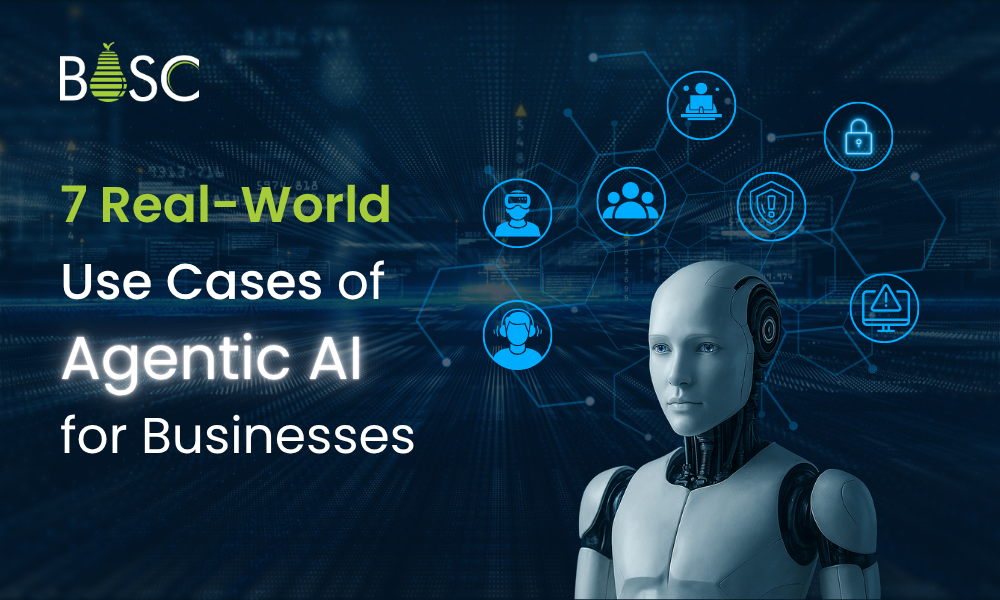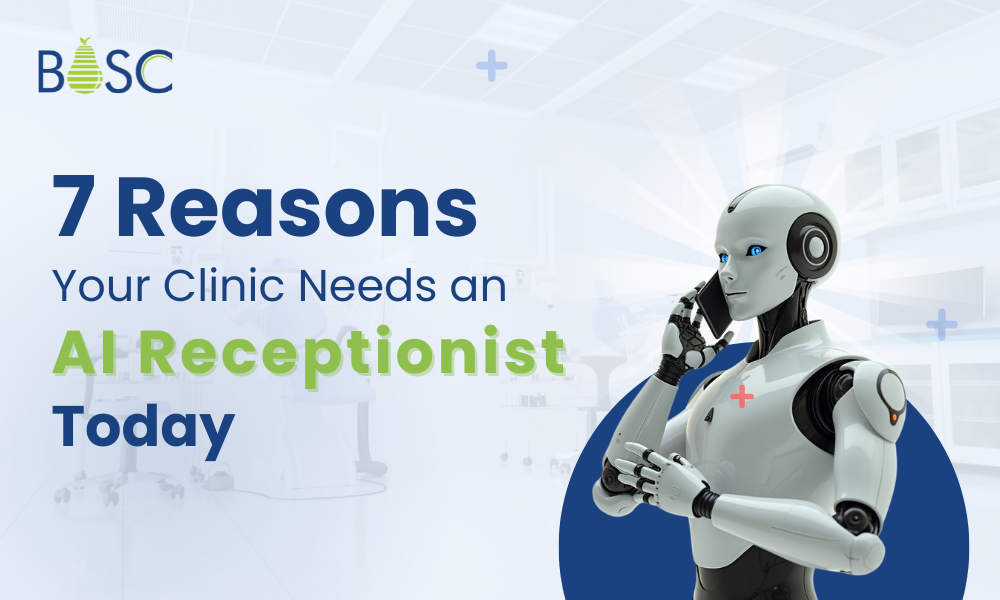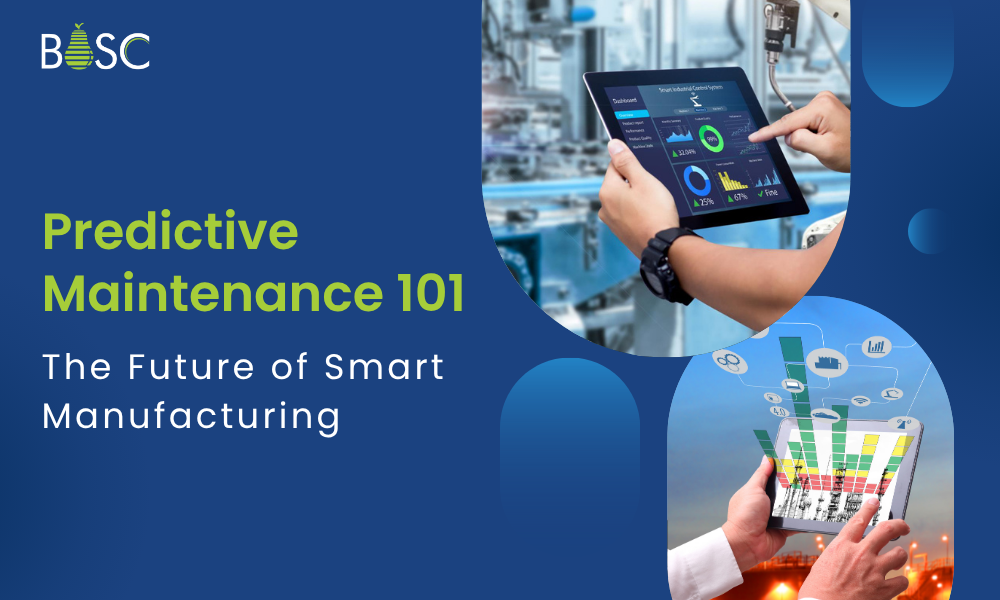AI isn’t a background tool for managing your choices anymore; it’s actively transforming how we interact with media. From smart AI recommendations to real-time content development, AI-driven systems can make media consumption more exciting and engaging. The way we engage with content is evolving fast, and once we fully understand how AI agents work, there’s no going back.
How?
Your metropolitan news app knows exactly what articles will catch your interest, your music streaming service plays your next favorite song before you even search for it, and your video platform lines up content that feels like it was made just for you.
At BOSC Tech Labs Pvt Ltd, we are leaders in technological innovation, and one of the most thrilling innovations we are investigating is the functioning confluence of AI agents in the media ecosystem. AI agents are not just a thing of the future; they are actively changing how media companies engage with audiences, drive efficiencies, and create revenue. AI agents are changing the game, whether it’s developing user-friendly mobile applications or real-time predictive and prescriptive churn dashboards.
Let’s explore how our experts create a media application powered by AI to help users get access to the content they love.
AI Agents: The New Architects of Media Innovation
AI agents are independent software units that are capable of monitoring their environments, making smart choices, and acting in ways that satisfy particular purposes, utilizing sophisticated algorithms. They have a growing function in the media industry.
A 2024 Statista report indicated that the global market for AI in media and entertainment is expected to surpass $99.48 billion by 2030. It is anticipated to be one of the fastest-growing markets, with a compound annual growth rate (CAGR) of 26.9%. This growth in interest mirrors our growing reliance on AI to improve the effectiveness of content delivery, personalization, and business improvement.
At BOSC Tech Labs, we see AI agents as collaborators rather than tools that can explore large quantities of data, adapt to user behavior, execute tasks, and do so with less work from human beings. Our NEWS App Development Company focuses on AI agents to redefine media through the two aspects of mobile app development, that is, easy and churn-sophisticated analytics.
Key Elements of Our AI Agents for Media
User-Friendly Mobile App Development with AI Agents
Nowadays, people use mobile apps for media consumption and to run most of their regular lives. Whether it’s streaming news, reading e-magazines, or interacting in other formats, users seek seamless, intuitive experiences. Through generative AI, we design virtual agents that disrupt this space by enabling application development that is smarter and more responsive.
Working with a leading publishing house, we added AI agents to support the design of a next-generation mobile app for their readership. The app leverages algorithms to dynamically change layouts based on device type, anticipates reading behaviors to pre-load articles for the user, and even adds the ability to command actions through vocal triggers. All of this is designed to make the experience frictionless.
For example, AI-supported natural language processing (NLP) allows an app to maintain a conversation with the user about their inquiries. More, B2C applications leverage machine-learning models to help personalize the article feed based on the user’s behaviors and reading preferences, which makes every tap feel personalized!
Even just the preliminary data that was returned suggested a 30% increase in the time users stayed in the session, which confirms that the AI-driven design not only innovates but also has an impact.
AI in Media Advertising and Monetization
86% of US citizens say they get news at least one time on their smartphone. Media enterprises are evolving how they implement advertising and generate revenue due to the use of Artificial Intelligence. Media enterprises can assess advertising placement, target specific audiences, and implement monetization techniques more effectively as a result of AI technology algorithms that can process extensive data arrays that allow predictions of user preferences and ask for views on advertisements to target advertising more specifically. Algorithms evaluate browsing habits, website interactions, and demographics so advertisers can place relevant ads on appropriate websites.
Companies can use AI systems for advertisements, so they are more likely to get shares and/ or clicks with less waste from viewers that do not engage, increasing attention towards a view and total attention. In addition to audience targeting, artificial intelligence also provides analysis to track advertisement performance. Media companies can receive fully detailed reports on consumer behaviours across advertisements, breaking news alerts, free and paid customers, and user segmentation, whether engagement comes in the form of a share, a click, or even a conversion.
Data would provide the information to optimize adjustments in advertising being A-B tested as well. Monetization also benefits from AI’s capacity to segment audiences as it considers a behavioral approach. Audience segments enable media companies to angle dynamic price systems, offers for subscriptions, and AI-driven ad bidding systems to maximize revenue potential. Personalized content and sponsorships or programmatic advertising factor heavily into these models, and all their complexities are what make AI a path forward for all media.
Predictive and Prescriptive Churn Dashboards: Keeping Audiences Engaged
Media has always faced subscriber retention challenges, and with increased competition from streaming services and the digital news industry, understanding and abating churn is more important than ever. This is where AI agents come in, but at BOSC Tech Labs, we take it one step further by employing predictive and prescriptive churn dashboards.
Predictive Analytics
Our AI agents pore through past data – subscription renewals, content engagement, even social media sentiment – to predict which people are likely to churn. If we find a pattern, such as within two weeks, that article views drop, we can identify a future churner with 85% accuracy (based on in-house metrics).
Prescriptive Analytics
A predictive dashboard is not enough. Our dashboards go beyond simply “what might happen” to “what we should do.” AI agents then recommend actions to be taken, which may include sending out personalized discounts or reminding users of trending content, all based on user profiles and data points. As a result, we bring raw data to life in a playbook for retention strategies. In collaboration with the publishing house, we have deployed a churn dashboard that seamlessly integrates with their existing systems.
The result? A 15% reduction in churn within the first quarter of implementation, alongside a streamlined workflow for their editorial and marketing teams. This isn’t just technology—it’s a lifeline for sustainable growth. Most industries use predictive AI to anticipate churn, not just media, and prescriptive AI to optimize their retention strategies.
Ethical and Privacy Considerations in AI-Driven Media
The change in media caused by AI raises important issues regarding data privacy and careful practices. AI systems depend on vast amounts of data generated by the user to personalize content and advertisements. The way data is collected, secured, or even misused raises a lot of questions regarding consent. The lack of authorization or finding out that data has been collected can be easy to lose. The result is usually a lack of trust, and the best way to gain it back is to be transparent.
Using responsibly driven AI practices puts the responsibility on media organizations to adhere to standards around ethical and moral practices. Organizations can create transparency through clear and easy-to-understand data policies, user consent applications, and secure encryption for user data and protection of privacy. There are also systems of traceable, recommended AI models for content to be built around, as many recommendations are arbitrary. Other potential risks are biases built generatively into the system based on the data of the model and the data that is being generated for the model to learn from.
Machine learning comes from historical data. Thus, existing biases in the suggested or networked usage may exist, leading to potential or even reinforced bias and the absence of many types of diversity. Media organizations can mitigate this by using and sourcing diverse data sets for use, conducting regular bias audits, and adopting AI frameworks based on fairness. In adopting an ethical approach towards using user-specific promoted and personalized AI, organizations may have a stable interaction-based design system that values the related innovation and practices.
Why Partnering with an AI-based Development Firm Matters
Collaborating with a leading publishing company is more than a milestone and more of a celebration of collaboration. Media companies bring decades of experience to measure audience needs, while we provide the technical expertise. Together, we have created solutions that bridge the gap between content and consumers. We’ve been able to develop and evaluate AI-driven tools in practice–we’re confident they are discoverable, scalable, and user-friendly.
Final Words
The role of AI agents in media is only beginning to unfold. As adoption increases, we anticipate even more complex use cases, such as real-time generation of content, immersive AR/VR, and end-to-end autonomous subscriber management. At BOSC Tech Labs, we are committed to leading this charge with a focus on purpose. For media businesses eager to stay ahead, the message is clear: agents aren’t nice to have, and they are a must-have.
Whether in developing applications that customers love or dashboards that customers can’t wait to see. These intelligent systems rewrite the rules of engagement. Work with us, and let’s be at the forefront of media together. Want to discover how AI will impact your media strategy? Contact BOSC Tech Labs Pvt Ltd.

